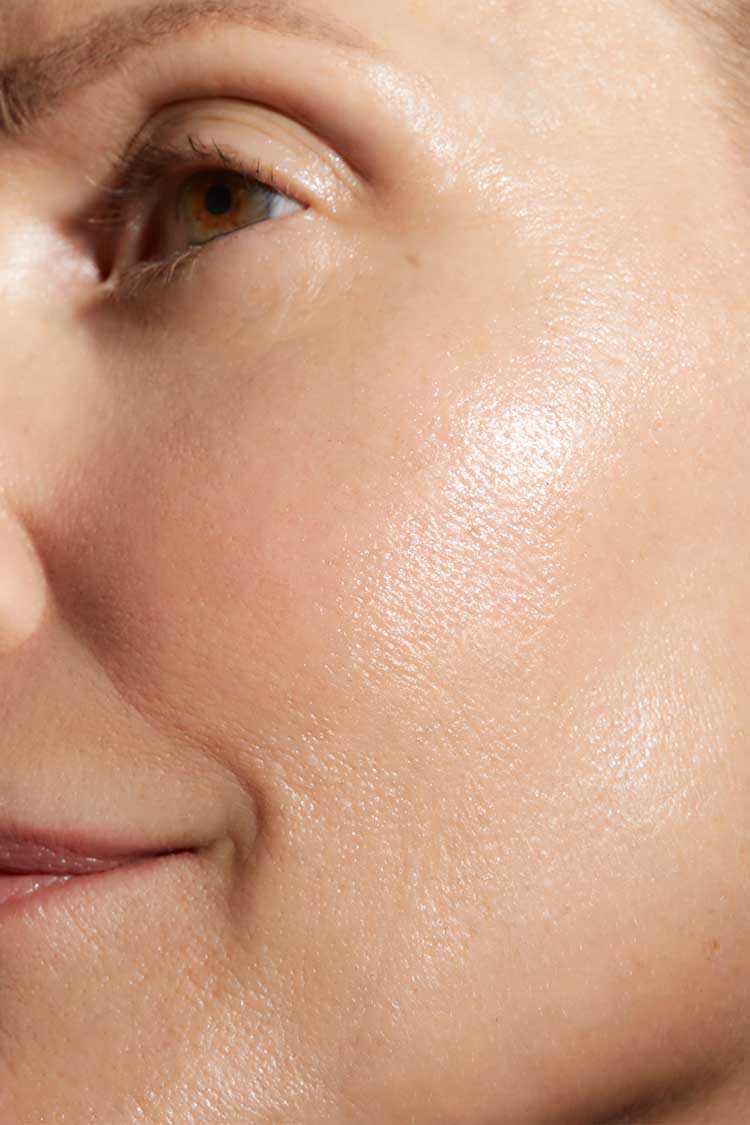WHAT DOES VITAMIN D DO?
2nd Aug 2024
What is Vitamin D?
Vitamin D is a fat-soluble vitamin in a family of compounds that includes Vitamins D-1, D-2, and D-3. Your body produces Vitamin D naturally when it’s directly exposed to sunlight and it has several important functions; the most vital being that it regulates the absorption of Calcium and Phosphorus, and facilitates normal immune system function. Getting a sufficient amount of Vitamin D is important for normal growth and development of bones and teeth, as well as improved resistance against certain diseases. Vitamin D also increases the production of an enzyme in the lungs called ACE2 which protects against acute lung injury and has shown to boost the development of Macrophages – white blood cells that help destroy pathogens and viruses.
We have known for more than 100 years how important Vitamin D is to our body. In 1903, a Danish-Faroese physician and scientist, Niels Finsen, received the Nobel Prize for Medicine in recognition of his work in the field of photo dermatology, in which he discovered that certain wavelengths of light can have beneficial medical effects. His pioneering work showed that light could successfully treat Cutaneous Mycobacterium Tuberculosis (Lupus Vulgaris), a disfiguring disorder common at the time. The range of skin diseases treated by light therapy increased in the following years, to the point where a 1932 review by the American Medical Association on the use of UV therapy in dermatology listed 34 skin conditions for which UV radiation may be useful.
How is Vitamin D produced?
You can get Vitamin D in a variety of ways, including from the foods you eat and through nutritional supplements. However, the major natural source of Vitamin D is the synthesis of Cholecalciferol – a steroid hormone that is produced in the skin when exposed to sunshine or ultraviolet light. When sun rays penetrate our skin (specifically UVB radiation), Cholecalciferol is converted in the liver to Calcifediol (25-hydroxycholecalciferol) and is further processed by the kidneys to Calcitriol (1,25-dihydroxycholecalciferol): this is the biologically active form of Vitamin D. Calcitriol is present as a hormone in the blood, and it circulates to promote the healthy growth of our bones. It also has positive effects on cell growth and immune and neurological functions, as well as anti-inflammatory effects.
What are the symptoms of a Vitamin D deficiency?
A severe lack of Vitamin D can cause rickets, which, though very rare, shows up in children as incorrect growth patterns, weakness in muscles, pain in bones and deformities in joints. However, children who are mildly deficient can also have muscle weakness or sore and painful muscles.
The skin’s ability to make Vitamin D decreases with age, and people who are homebound or are rarely outside are also prone to deficiencies because of the lack of sun exposure. And in temperate countries, Vitamin D deficiency is especially common due to the reduced cutaneous synthesis during the long winter. However, the symptoms are not as obvious in adults and might include anything from fatigue, bone pain and muscle weakness to mood changes like depression. A deficiency can be detected by a blood analysis by your doctor and if levels are lower than normal, a vitamin supplement will be recommended. A preventive ingestion of Vitamin D in the form of supplements is also often recommended for children and older people.
How can I prevent a Vitamin D deficiency?
You can make some changes to your diet to boost your levels of Vitamin D. A few foods contain the vitamin, such as fish liver oils, fatty fish species, such as salmon, mackerel, tuna and sardines, and also cooked egg yolk, beef liver and fortified foods, including some breakfast cereals, orange juice, milk, soy drinks, and margarine. However, foods alone usually don't meet the daily recommended levels of Vitamin D (400 international units (IU) for children up to age 12 months, 600 IU for ages 1 to 70 years, and 800 IU for people over 70 years) and exposure to sunlight is imperative. 10 to 15 minutes of sun exposure two to three times a week to the face, arms, legs or back may be all that is needed to absorb a suitable amount though you may need more sun exposure (especially in early Spring and late Fall) if you are older, have a darker skin color or live in Northern climates.
Does sunscreen decrease the production of Vitamin D?
There is little evidence to show that wearing sunscreen decreases the production of Vitamin D - in a recent British Journal of Dermatology study, investigators recorded an increase of Vitamin D in participants during a week of cloudless weather, with very high UV index, even when sunscreens were used properly and prevented sunburn. As a conclusion, the worry about Vitamin D production should not negatively influence a physician’s advice for skin cancer prevention.









